16/01/15
How fruits, plants and spices enrich Zanzibar
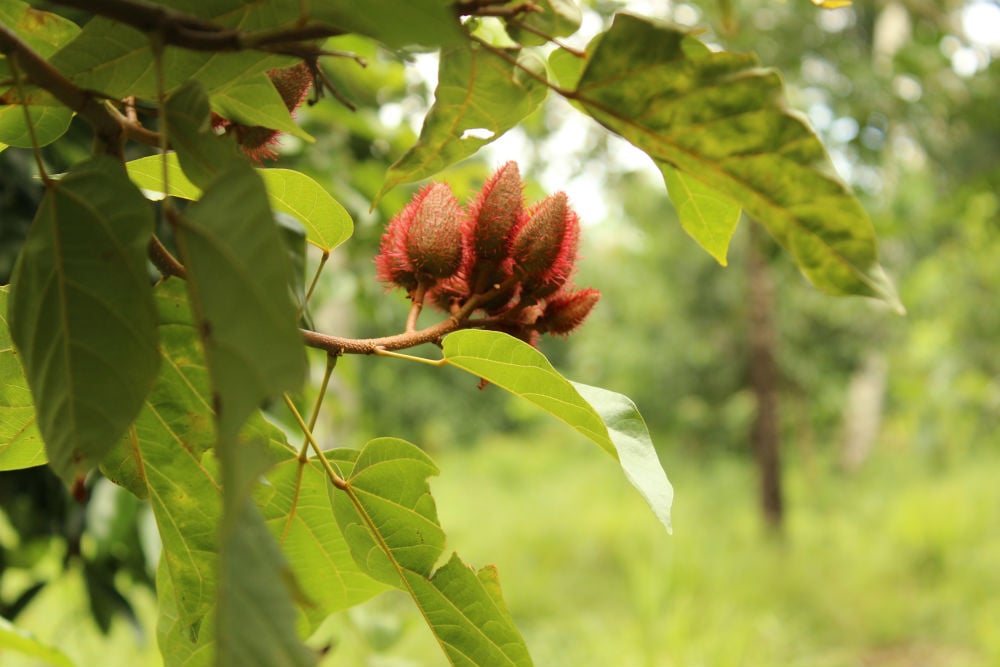
Annatto, also known as the lipstick tree, is native to South America. The fruit contains seeds surrounded by a thick paste called bixin that gives the pulp its vibrant orange-red colour, used as a dye. The plant’s scientific name is Bixa orellana
Anita Makri
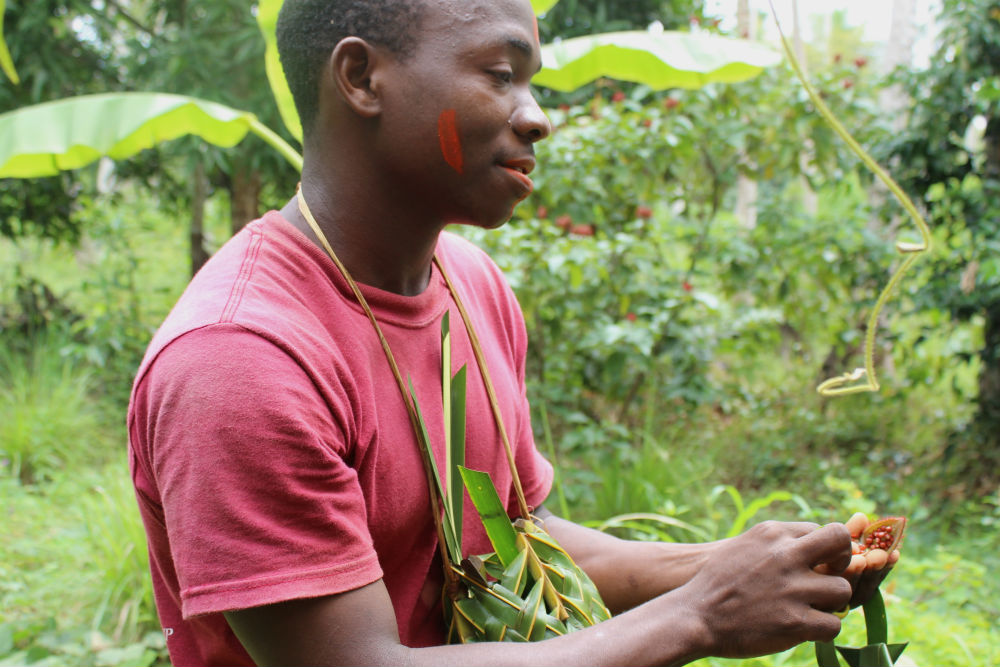


The tree’s dye, also called annatto, is widely used to colour food such as dairy products, rice and seasonings. Before European cosmetics arrived on Zanzibar, it was used as a lipstick. Masai people still use annatto to colour hair and mark the body
Anita Makri
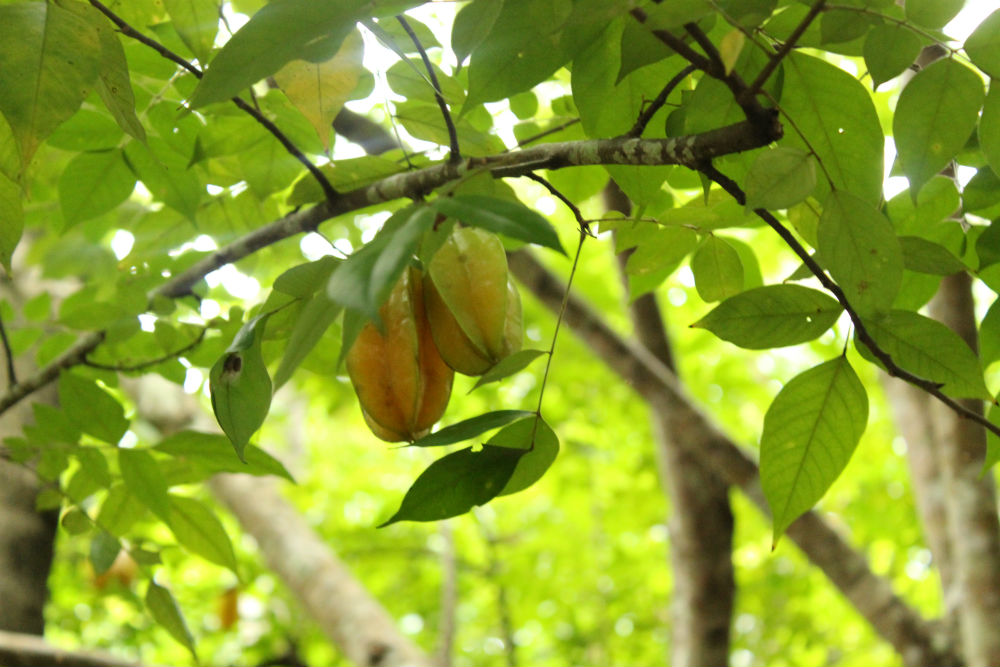


Starfruit hanging on a carambola tree, which were brought to Zanzibar from Asia. These acid-sweet tasting fruits are edible and a good source of vitamin C. The tree’s scientific name is Averrhoa carambola
Anita Makri
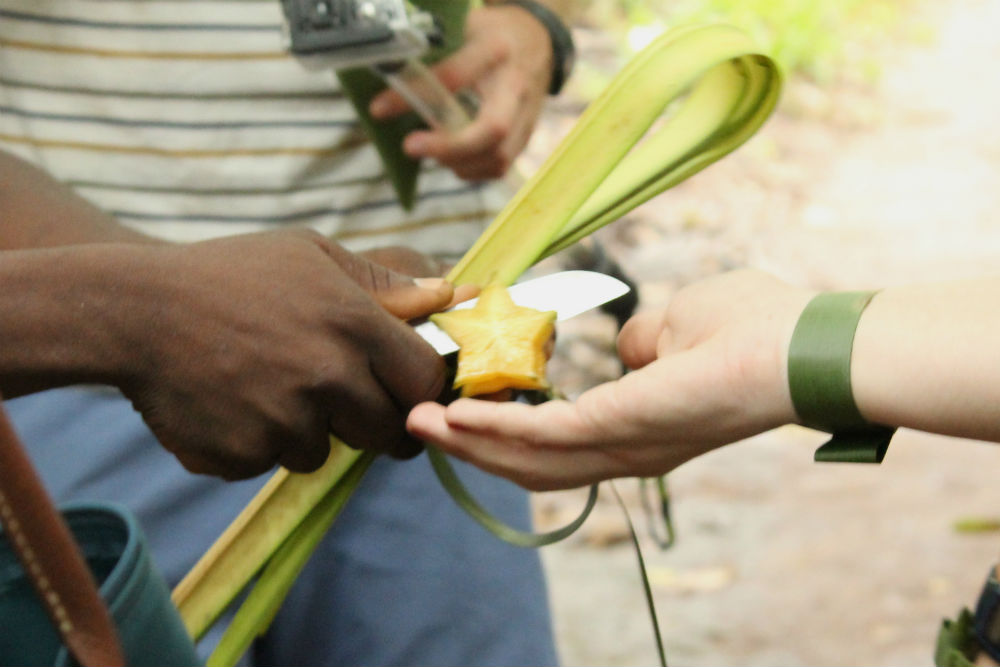


The tree gets its name from the five-pointed star shape of the sliced fruit. Starfruit can be made into pickles, jams, jellies and stews. Their high acid content means they are also used to bleach stains and clean brassware
Anita Makri
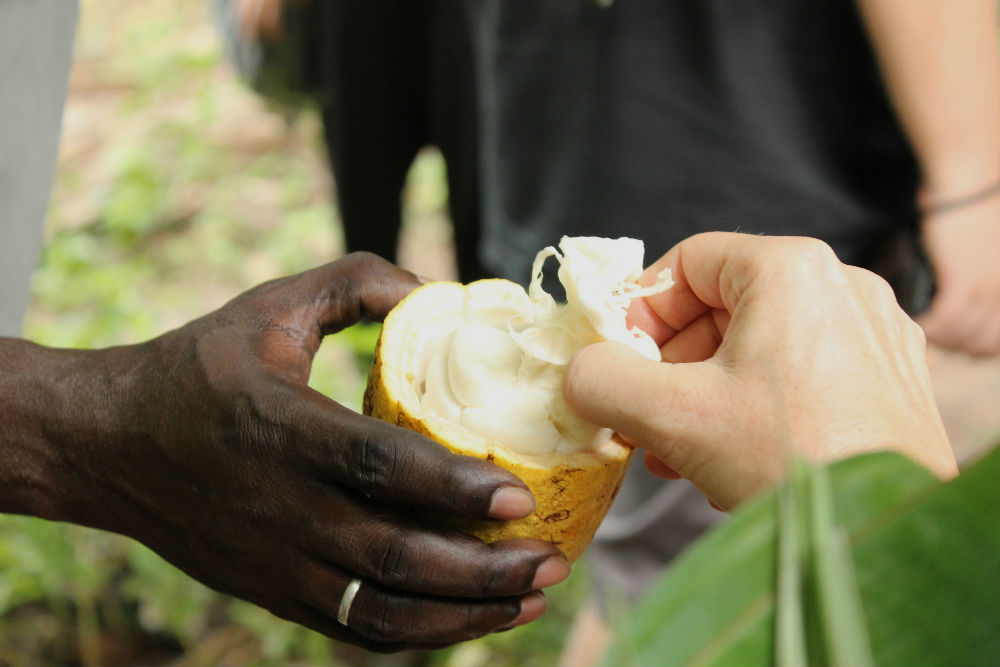


People on Zanzibar haven’t traditionally used the pods of the cacao tree (Theobroma cacao) to make cocoa powder or chocolate. But they enjoy their flesh, which is crunchy, with a tart, citrus flavour.
Anita Makri
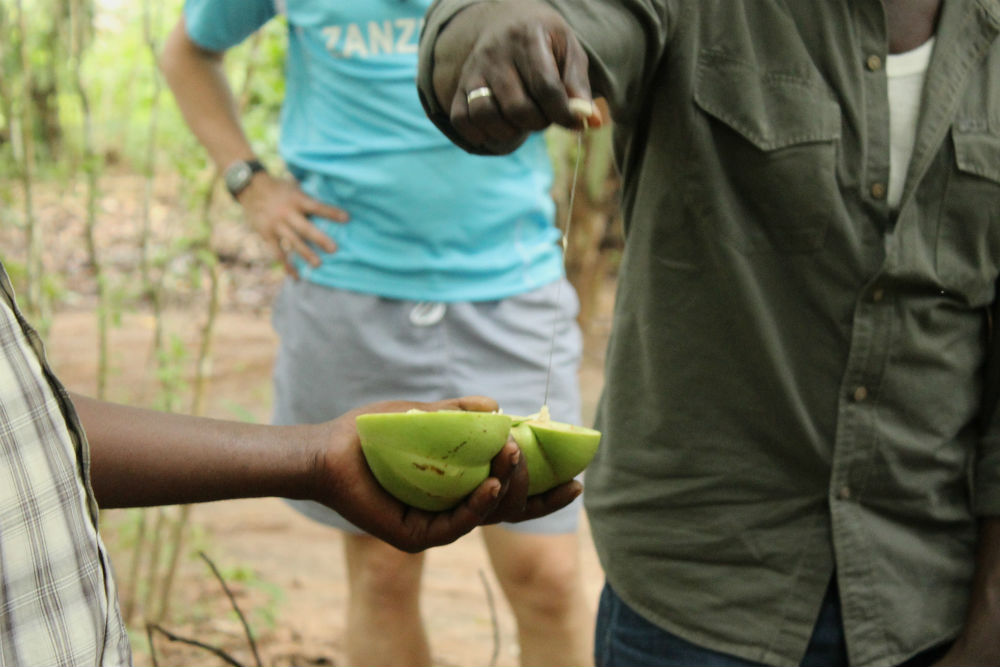


Elephant apples are native to South and South-East Asia, where they are used in curries, chutneys and jams. They are not eaten on Zanzibar, but the pulp of the fruit contains a viscous substance, shown above, that can be used as hair gel. They grow on the tree, Dillenia indica
Anita Makri
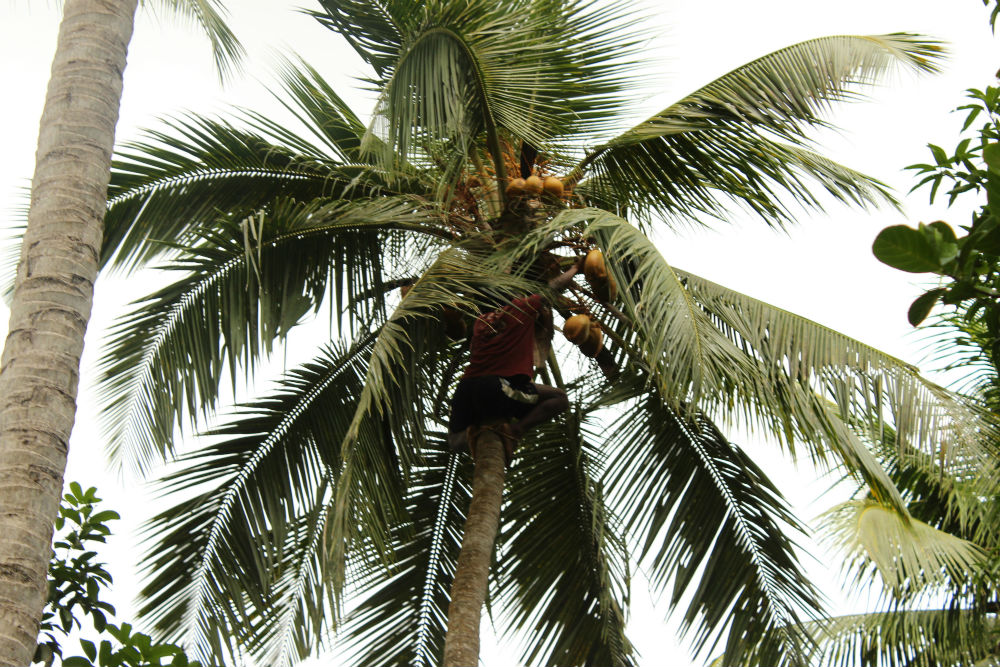


Every part of the coconut palm can be used for food or raw materials. On Zanzibar, the tree’s leaves are woven and used to line the roofs of small houses, protecting them from wind and rain. The tree’s scientific name is Cocos nucifera
Anita Makri
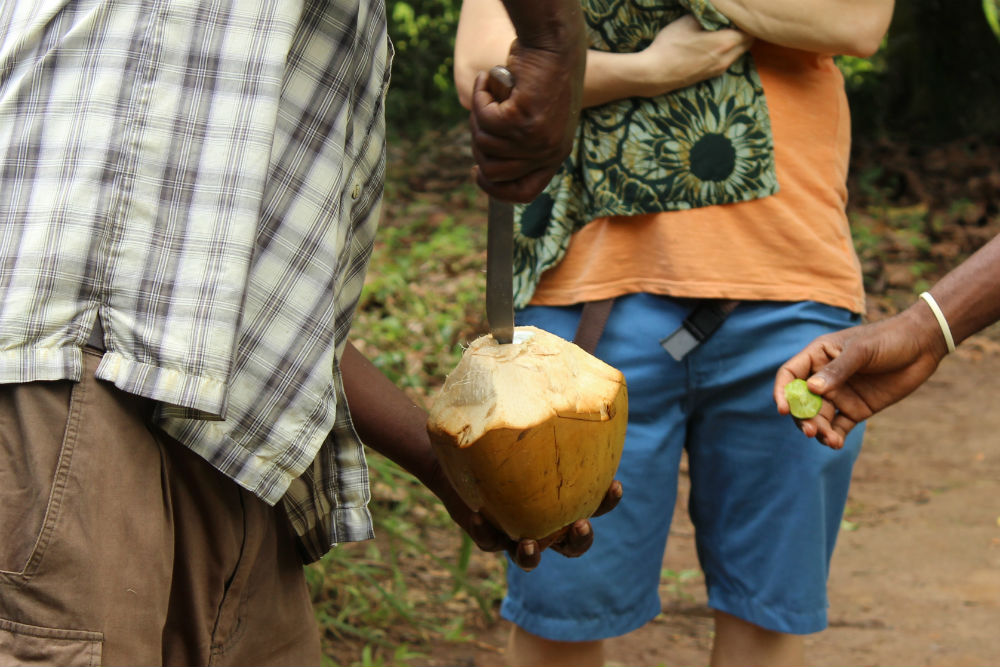


The coconut, which is the tree’s fruit, contains a clear liquid consisting of water, salts, sugars and vitamins — ideal for rehydrating in hot climates. Coconut milk, cream and oil are extracted by boiling the flesh
Anita Makri
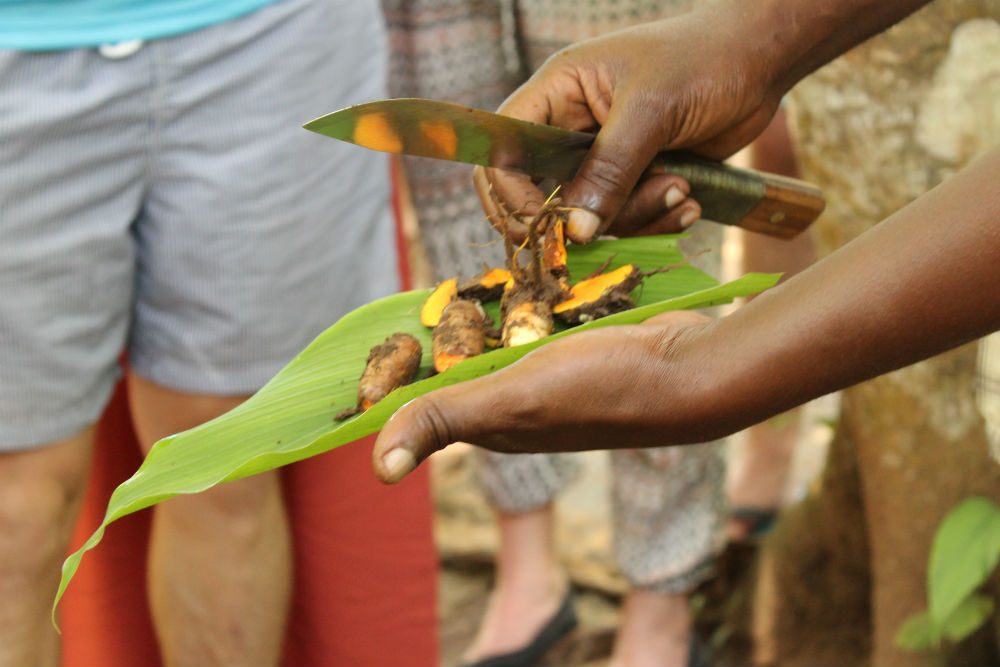


Turmeric, the underground stem of the Asian plant of the same name, is orange inside, but resembles its close relative, ginger, on the outside. Evidence suggests it has medicinal properties. People on Zanzibar use it as an antibiotic and to treat acne. Turmeric’s scientific name is Curcuma longa
Anita Makri
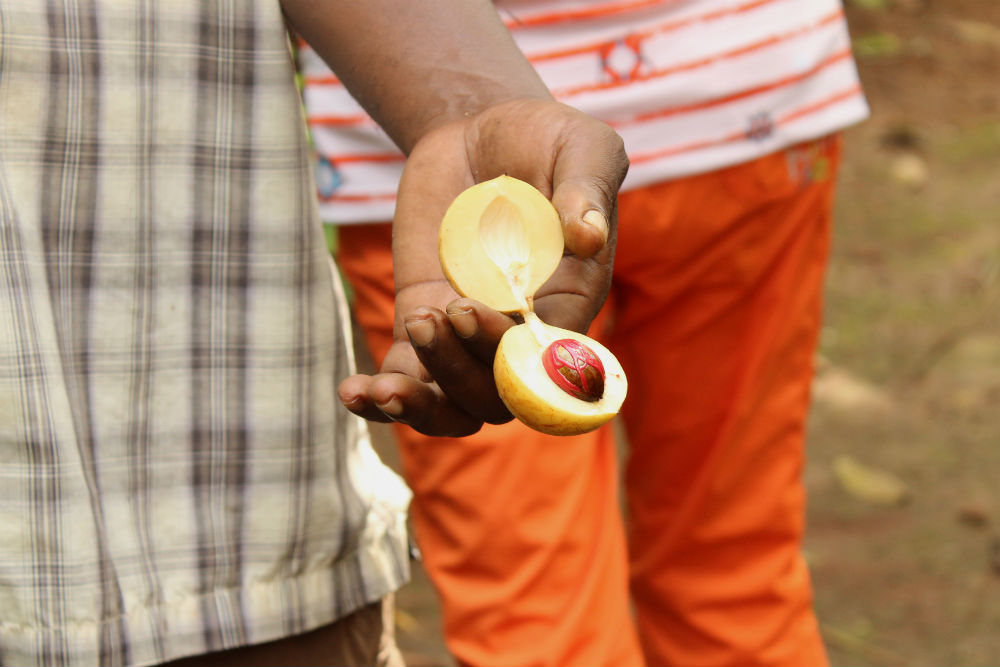


Nutmeg forms the kernel of an apricot-like fruit. This seed is covered in aril, a red tissue that separates it from the fruit pulp, which is often dried and sold as mace. Nutmeg is used locally for food and medicine, and is said to have hallucinogenic effects. It has the scientific name Myristica fragrans
Anita Makri
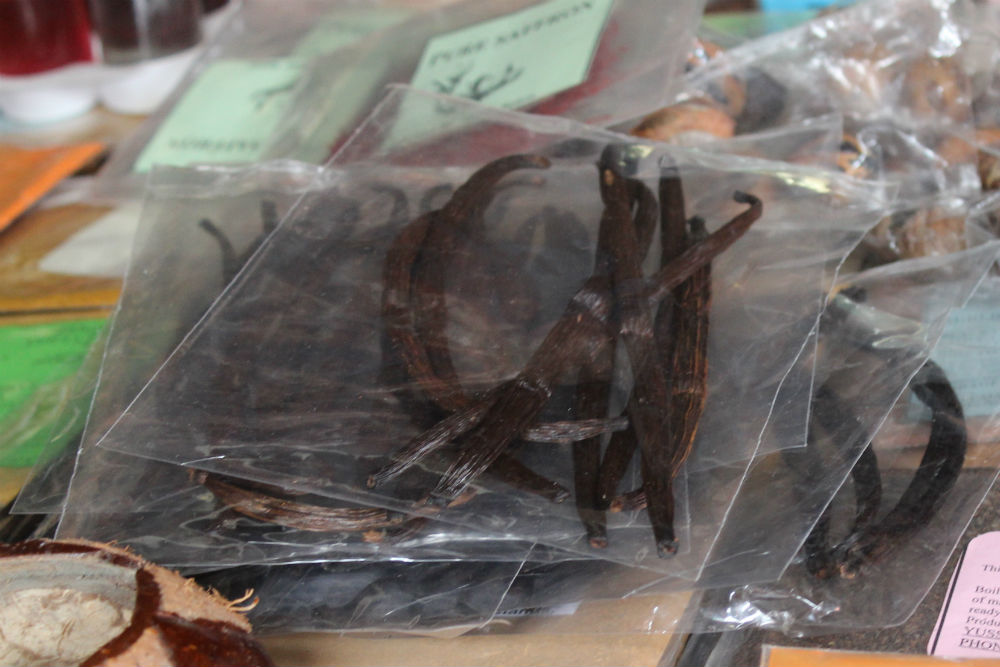


Vanilla is one of the world’s most expensive spices because it is labour intensive to grow and process. It is sold in local markets. The long pods containing vanilla beans come from a climbing vine (Vanilla planifolia). After harvesting, the aroma locked in the pods is released through an enzymatic reaction triggered by curing
Anita Makri
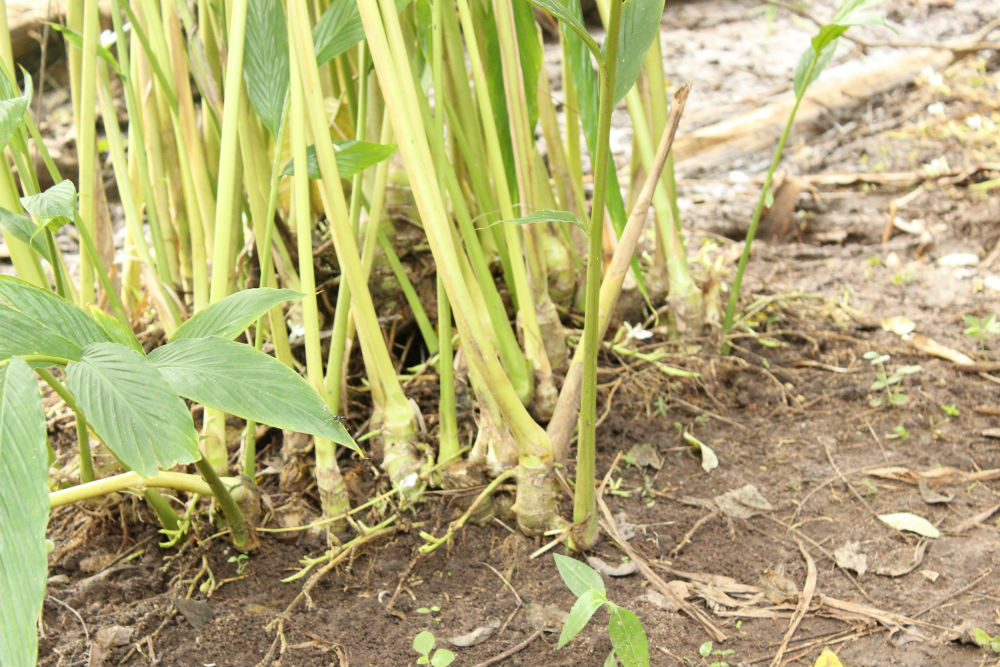


When the cardamom plant (Elettaria cardomomum) is harvested, its small pods are dried and the seeds they contain are used whole or powdered. Cardamom is a common ingredient in spice mixes and flavoured tea or coffee. The spice is also used on Zanzibar to treat colds and other respiratory disorders
Anita Makri
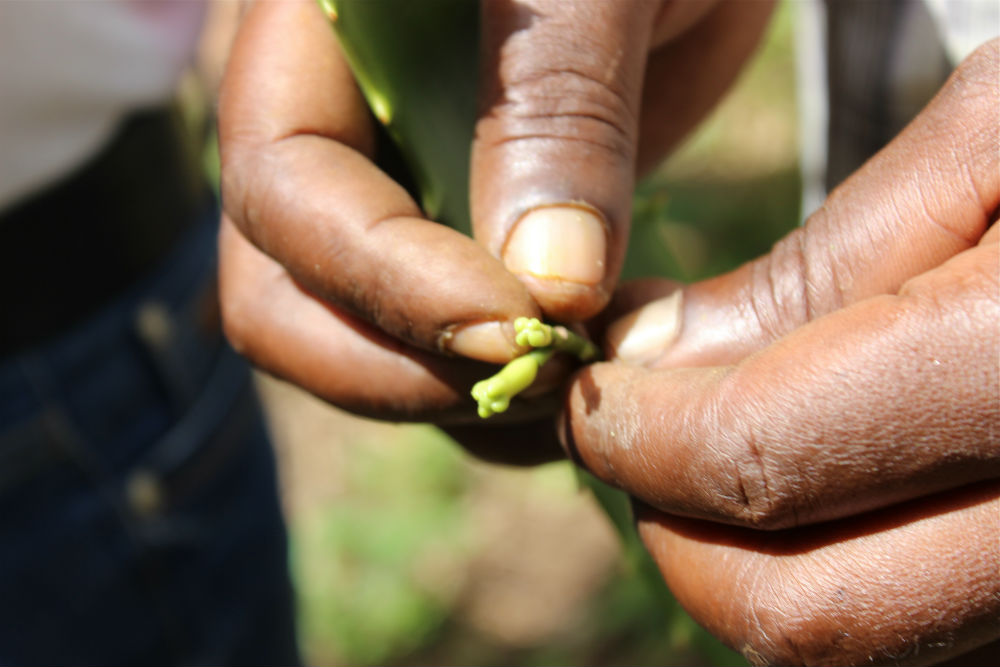


Cloves are the reason why Zanzibar is known for its spices. The spice is the dried, unopened flower buds of the clove tree (Syzygium aromaticum) from South-East Asia. Cloves contain the chemical eugenol, which is widely used as a local anaesthetic.
Anita Makri
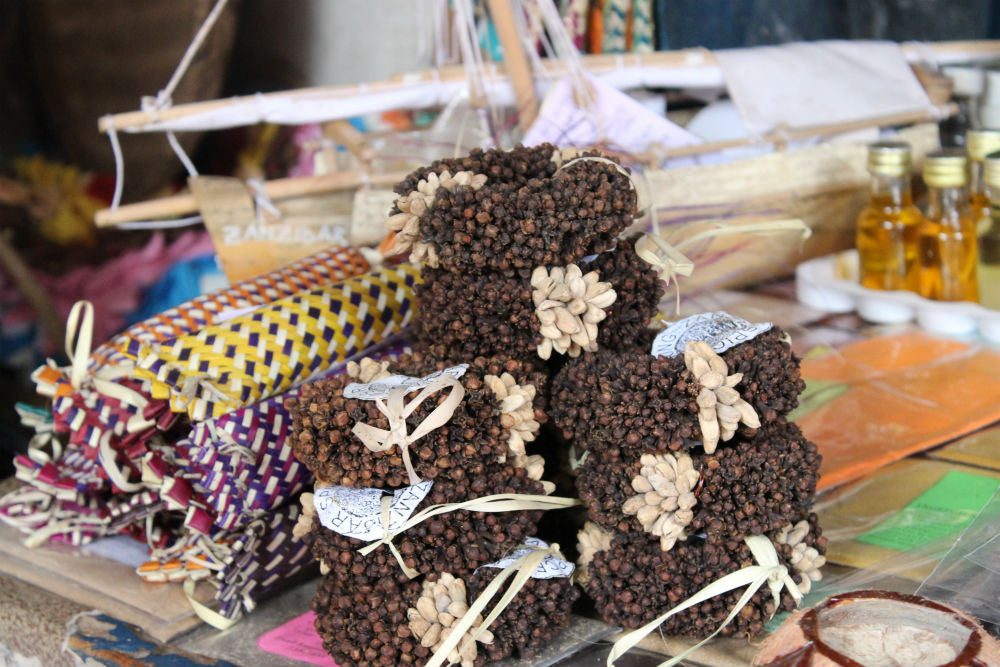


After harvesting, cloves are left in the sun to dry. Zanzibar’s economy depends on clove production. Until the 1970s, the island was the world’s leading producer, but sales have declined due to lower prices and international competition, as well as environmental factors such as damage caused by disease and soil erosion
Anita Makri
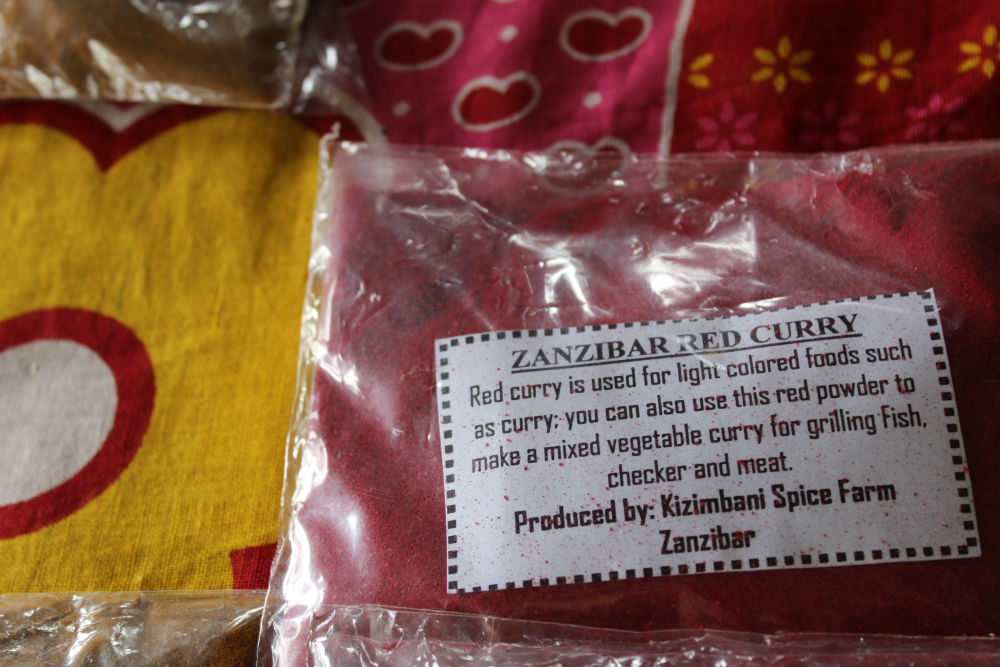


Interest in tours of showcase farms such as Kizimbani is said to have revived the island’s spice industry in recent years. Individual farmers sell their spices at the local central market, packaged in the smaller quantities favoured by tourists
Anita Makri
By: Anita Makri
Send to a friend
The details you provide on this page will not be used to send unsolicited email, and will not be sold to a 3rd party. See privacy policy.



In the 2000 years of trading across the Indian Ocean, fruiting plants and spices from around the world have been introduced to Zanzibar and the smaller Pemba Island 80 kilometres to the north. The growth of plantations and trade in the sought-after spices brought new settlers, increasing demand for resources such as wood for building and herbs for medicine.













